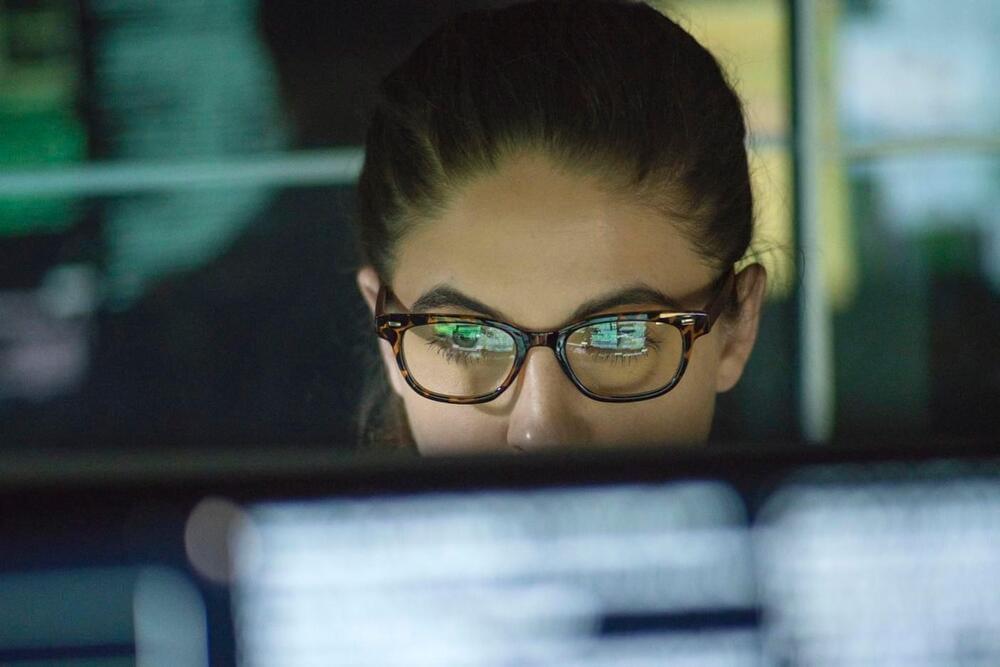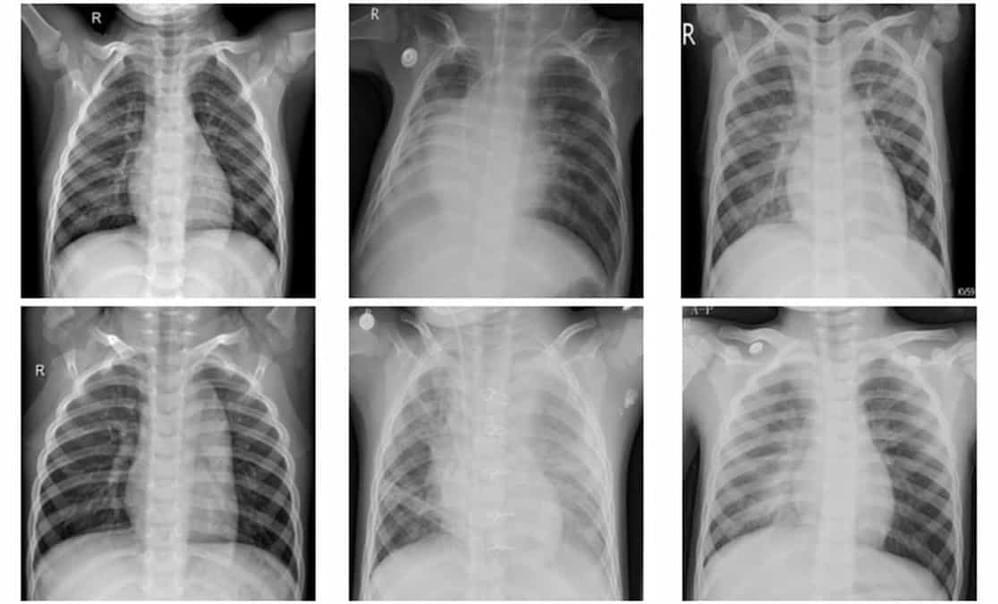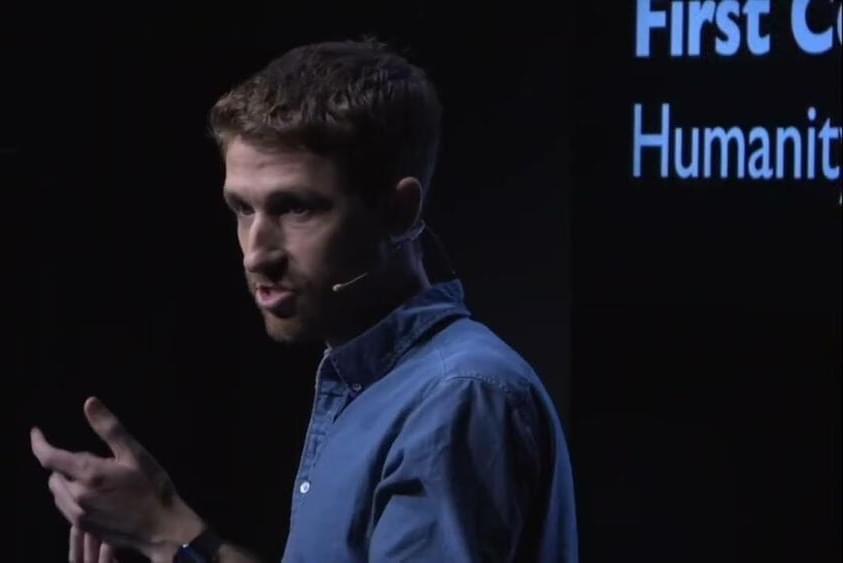Type: departments.
careers.
Harvard.
Cybersecurity.
internet.
law.
Jonathan L. Zittrain wears many hats. An expert on the Internet, digital technology, law, and public policy, he regularly contributes to public discussions about what digital tech is doing to us and what we should do about it—most recently around the governance of AI and the incentives that shape major social media platforms.
He holds several roles, all at Harvard, reflecting his many converging interests. He is a professor of international law at Harvard Law School, a professor of public policy at its Kennedy School, and a professor of computer science at the university’s John A. Paulson School of Engineering and Applied Sciences. He’s also cofounder and faculty director of Harvard’s Berkman Klein Center for Internet & Society.
In his various capacities, he has been tackling many sticky cyberpolicy issues over the past 25 years.




